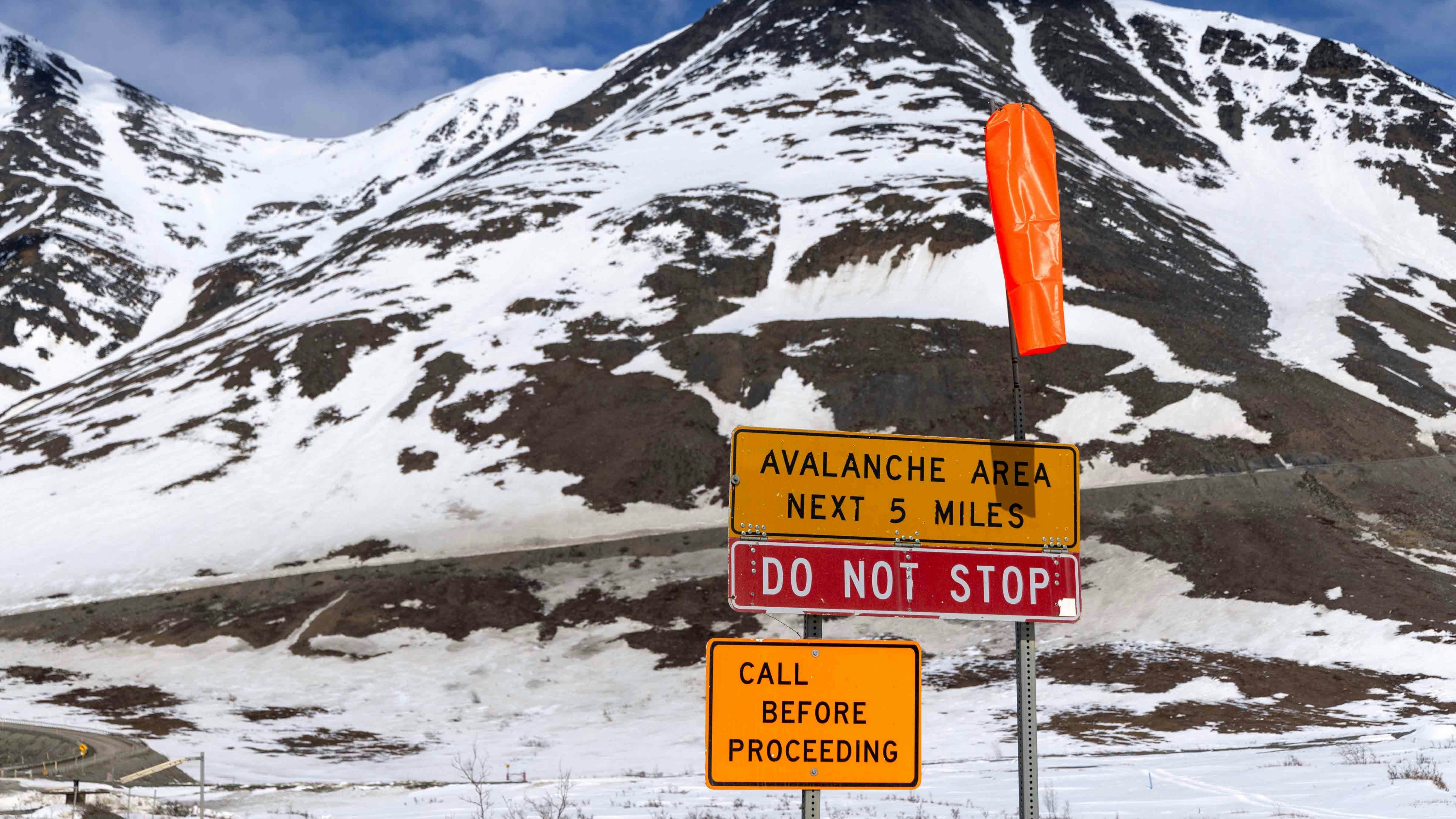Steamboat Geyser in Yellowstone National Park erupted for the fifth time this year, sending superheated water hundreds of feet into the air and getting an early start to the week at 8:05 a.m. Monday.
It was hard to miss. Jill Valley is an anchor and reporter with KPAX TV in Missoula, Montana, who happened to be at Yellowstone on vacation at the time of the eruption.
She got to Steamboat in time to get some video of its violent eruption.
“You could hear the roar of the geyser across the Norris Basin,” she told Cowboy State Daily in an email.
Mike Poland, scientist in charge of the Yellowstone Volcano Observatory, said it’s about time the park’s largest geyser blew off a little steam.
“I was there from late August to early September, telling people that it was looking like it could happen any day now,” he told Cowboy State Daily.
The largest geyser in Yellowstone -- and the world -- Steamboat doesn’t have a regular eruption schedule. However, it does have an observable cycle that indicates when an eruption is imminent, whether that’s a day, a week, or a month out.
That cycle between eruptions has been getting longer as Steamboat ends one of its most active periods in recorded history.
Poland said Steamboat is slowly running out of steam.
“It seems to be going out of this phase of really, really frequent eruptions and high levels of activity,” he said. “It’s essentially going back to sleep.”
Steamboat’s Signs
In addition to being the largest geyser in Yellowstone, Steamboat is unique for its distinct eruption cycle. While its eruptions can happen days to decades apart, there are always signs that an eruption is imminent.
“Over the last few years, when we've been in this phase of more frequent eruptions, we will see minor eruptive activity around Steamboat,” Poland said. “Water splashing around the vents and eruptions that maybe go 10 to 30 feet high. That minor activity builds in intensity and frequency to the point that they're more or less continuous, and that's been an indication that the geyser is primed for a major eruption.”
Steamboat displayed signs of minor eruptive activity in the days and weeks leading up to its major eruption on Oct. 7. Poland noted that most other geysers don’t telegraph their eruptions nearly as much or as long as Steamboat.
“Steamboat is a bit unique in that it has more of this playing before an eruption when we can see it building towards an eruption,” he said. “A lot of other geysers just erupt, or maybe, there might be a little bit of play in the geyser a few minutes before it goes, like at Old Faithful.”
However, minor eruptive activity doesn’t provide a timeline for an eruption. It’s another thing that makes Steamboat unique amongst Yellowstone’s geysers.
When Steamboat finally erupts, it undergoes another well-documented series of behaviors. A full eruption can last up to 24 hours, but it changes dramatically during that time.
“The first few minutes of the eruption are what we call ‘the water phase,’ when you have water shooting out, going 300 to 400 feet high,” Poland said. “After 10 to 30 minutes, the geyser starts to enter ‘’the steam phase,’ which can last up to 24 hours with diminishing intensity.”
During the steam phase, massive quantities of subterranean steam are forced through Steamboat’s narrow vent. The noise has been described as similar to the roar of a jet engine.
Taking Temperatures
Volcanologists like Poland don’t have to read the landscape to know when Steamboat erupts. One of the many sophisticated scientific tools they have to monitor geysers is within Steamboat’s splash zone.
Thermal probes inside geysers and thermal pools monitor changes in water temperature. Poland said one of the surest signs of a Steamboat eruption is when its thermal probe goes berserk.
“We record that minor activity instrumentally with a temperature sensor in the geyser’s outflow channel,” he said. “If there's a lot of minor activity, you see warm temperatures constantly over that sensor because there's always hot water coming out of the geyser flowing down the channel.”
Post-eruption, the sensor primarily detects the standing air temperature. This is a sure sign that Steamboat is done for now.
Poland said similar sensors are installed near geysers throughout Yellowstone. This creates a network that informs scientists of the events park visitors might be lucky enough to witness.
Sleepy Steamboat
The seven-minute eruption of Steamboat Geyser on Oct. 7 occurred 83 days after its last eruption on July 15. It was the fifth eruption in 2024, which adds to the growing consensus that Steamboat is slowing down
Before 2018, the average period between Steamboat eruptions was two years. Then, the geyser entered its latest active period and erupted 32 times in 2018 and 48 times in 2019 and 2020.
After six years of frequent eruptions, some only days apart, Poland believes this Steamboat cycle is nearly over. While Steamboat isn’t expected to go entirely dormant, it shouldn’t erupt as frequently as it has been.
“The years 2018-2021 all had over 20 eruptions per year, but it's been less in the years since,” he said. “There were 11 eruptions in 2022, nine in 2023, and now five in 2024.”
Regardless, Steamboat Geyser will be subject to scientific scrutiny even while it slumbers. Its several cycles reveal tremendous amounts of information on the dynamic and ever-changing landscape of Yellowstone National Park and what’s changing under the feet of millions of visitors each year.
Besides, Steamboat might erupt again tomorrow. Poland knows it’ll show signs that it’s ready to go, but exactly when it will go will be one of the park’s enduring unknowns.
“We can't predict Steamboat in very reliable terms, like Old Faithful, but we can tell when it’s ready,” he said. “Steamboat has lost some of its steam, but it never tells us exactly when it’s going to erupt. It only tells us when it's primed to go.”
Andrew Rossi can be reached at arossi@cowboystatedaily.com.





